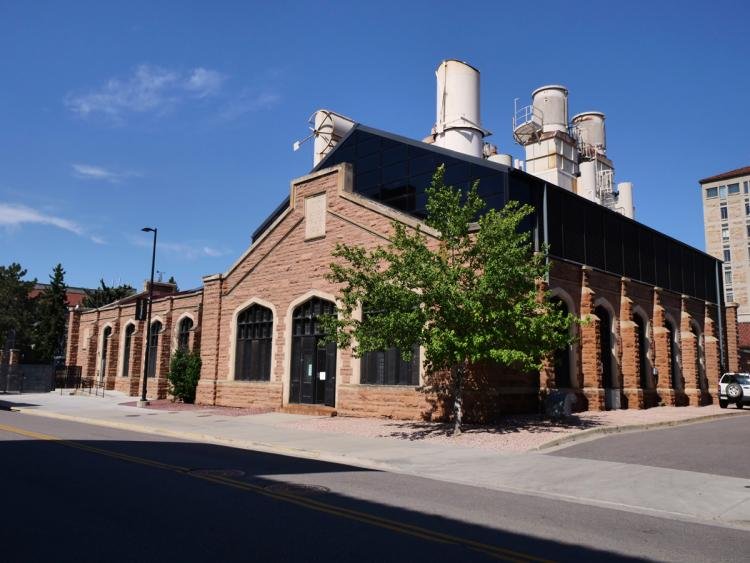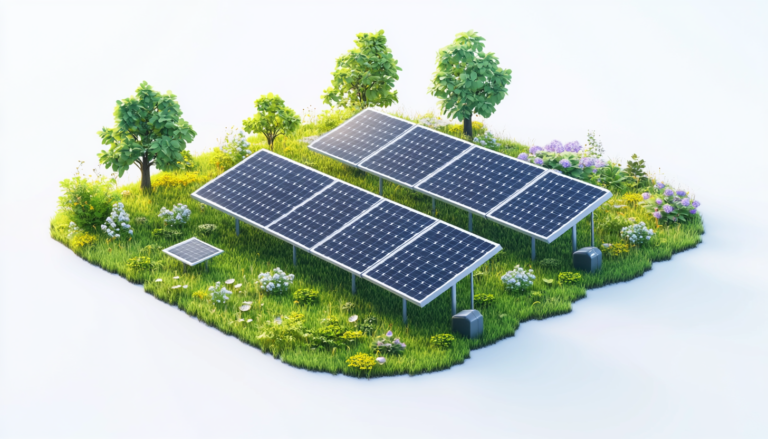Podcast 3 : Thermodynamics – Cogeneration Systems and Power Generation Study Guide
Click Play
Quiz
Instructions: Answer the following questions in 2-3 sentences each.
- Explain the first law of thermodynamics and provide an example of how it applies to a power plant.
- What is the difference between PSIG and PSIA? Provide an example of when each might be used.
- Describe the relationship between pressure and boiling point. How does this affect the operation of a boiler?
- Explain how the density of water and steam contributes to natural circulation in a boiler.
- Describe the three mechanisms of heat transfer and give an example of each in the context of a power plant.
- What are the primary products of complete combustion? What are some potential issues associated with incomplete combustion?
- Explain the concept of superheat and why it is important in the refrigeration cycle.
- What is subcooling and how does it relate to the condenser in a refrigeration system?
- Describe the key advantages and disadvantages of a combined cycle power plant.
- What is cogeneration and how does it differ from a traditional power plant?
Quiz Answer Key
- The first law of thermodynamics states that energy cannot be created or destroyed, only converted from one form to another. In a power plant, the chemical energy stored in fuel is converted into heat energy during combustion. This heat energy is then used to generate steam, which drives a turbine to produce mechanical energy, which is finally converted into electrical energy.
- PSIG (pounds per square inch gauge) measures pressure relative to atmospheric pressure, while PSIA (pounds per square inch absolute) measures pressure relative to a perfect vacuum. A tire pressure gauge reads in PSIG, while a vacuum pump might measure its performance in PSIA.
- The boiling point of a liquid increases as pressure increases. In a boiler, increasing the pressure allows water to reach higher temperatures before boiling, resulting in higher steam temperatures and increased efficiency.
- Water is denser than steam. In a natural circulation boiler, the less dense mixture of water and steam in the riser tubes creates a lower pressure compared to the denser water in the downcomer tubes. This pressure differential drives the circulation of water through the boiler.
- Conduction is heat transfer through direct contact, like heat moving through the metal walls of a boiler. Convection is heat transfer through fluid movement, like hot flue gases rising in a chimney. Radiation is heat transfer through electromagnetic waves, like the heat radiated from the burning fuel in a furnace.
- Complete combustion produces carbon dioxide, water vapor, and heat. Incomplete combustion can result in the production of harmful pollutants like carbon monoxide and soot, as well as wasted fuel.
- Superheat is the heating of a vapor above its boiling point. In the refrigeration cycle, superheat ensures that all liquid refrigerant has evaporated before reaching the compressor, preventing damage.
- Subcooling is the cooling of a liquid below its condensation temperature. Subcooling in the condenser increases the efficiency of the refrigeration cycle by ensuring that only liquid refrigerant enters the expansion valve.
- Combined cycle power plants offer high efficiency, lower emissions, and relatively quick installation. However, they rely on the potentially costly and uncertain availability of natural gas and may have higher maintenance costs.
- Cogeneration systems simultaneously produce both electricity and useful heat. Unlike traditional power plants that waste much of their heat, cogeneration systems utilize the waste heat for industrial processes or space heating, significantly increasing overall energy efficiency.
Essay Questions
- Analyze the role of thermodynamics in the operation of a power plant, discussing the conversion of energy from fuel to electricity.
- Compare and contrast the design and operation of natural circulation and forced circulation boilers, highlighting their advantages and disadvantages.
- Discuss the importance of maintaining proper air-fuel ratios for combustion in a boiler, addressing the consequences of both excess air and incomplete combustion.
- Explain the four key concepts that underpin the refrigeration cycle, detailing how each principle contributes to the cooling process.
- Evaluate the role of combined cycle and cogeneration systems in modern power generation, considering their environmental impact, economic viability, and potential for future growth.
Glossary of Key Terms
- Absolute Pressure (PSIA): Pressure measured relative to a perfect vacuum.
- Atmospheric Pressure: The pressure exerted by the weight of the atmosphere.
- Boiling Point: The temperature at which a liquid turns into a vapor at a given pressure.
- Combined Cycle: A power generation system that combines a gas turbine with a steam turbine to increase efficiency.
- Cogeneration: The simultaneous production of electricity and useful heat from a single energy source.
- Combustion: A chemical process involving the rapid reaction between a substance with an oxidant, usually oxygen, to produce heat and light.
- Condensation: The process of a vapor changing into a liquid.
- Conduction: Heat transfer through direct contact between substances.
- Convection: Heat transfer through the movement of fluids.
- Density: Mass per unit volume of a substance.
- Enthalpy: The total heat content of a system.
- Evaporation: The process of a liquid changing into a vapor.
- Excess Air: The amount of air supplied for combustion in excess of the theoretical amount required for complete combustion.
- First Law of Thermodynamics: Energy cannot be created or destroyed, only converted from one form to another.
- Flue Gas: The gas products of combustion, including carbon dioxide, water vapor, and pollutants.
- Forced Circulation: The use of a pump to circulate water in a boiler.
- Gauge Pressure (PSIG): Pressure measured relative to atmospheric pressure.
- Heat of Vaporization: The amount of heat required to change a liquid into a vapor at a constant temperature.
- Heat Transfer: The movement of thermal energy from a region of higher temperature to a region of lower temperature.
- Incomplete Combustion: Combustion that occurs with insufficient oxygen, resulting in the production of pollutants and wasted fuel.
- Internal Energy: The total energy stored within a system due to the motion and interactions of its molecules.
- Latent Heat: Heat absorbed or released during a phase change, without a change in temperature.
- Natural Circulation: The circulation of water in a boiler driven by density differences between water and steam.
- Radiation: Heat transfer through electromagnetic waves.
- Refrigerant: A substance used in refrigeration cycles to absorb and reject heat.
- Saturation Temperature: The temperature at which a substance changes phase (e.g., boiling or condensing) at a given pressure.
- Sensible Heat: Heat that causes a change in temperature of a substance.
- Specific Volume: Volume per unit mass of a substance.
- Steam: Water in its gaseous state.
- Subcooling: Cooling a liquid below its condensation temperature.
- Superheat: Heating a vapor above its boiling point.
- Thermal Efficiency: The ratio of useful work output to the heat input in a thermodynamic cycle.
- Thermodynamics: The study of how energy is transferred and transformed in physical systems.
- Turbine: A rotary machine that converts the energy of a moving fluid into mechanical energy.
- Vapor Pressure: The pressure exerted by a vapor in equilibrium with its liquid phase.
- Work: The transfer of energy resulting from a force acting over a distance.


